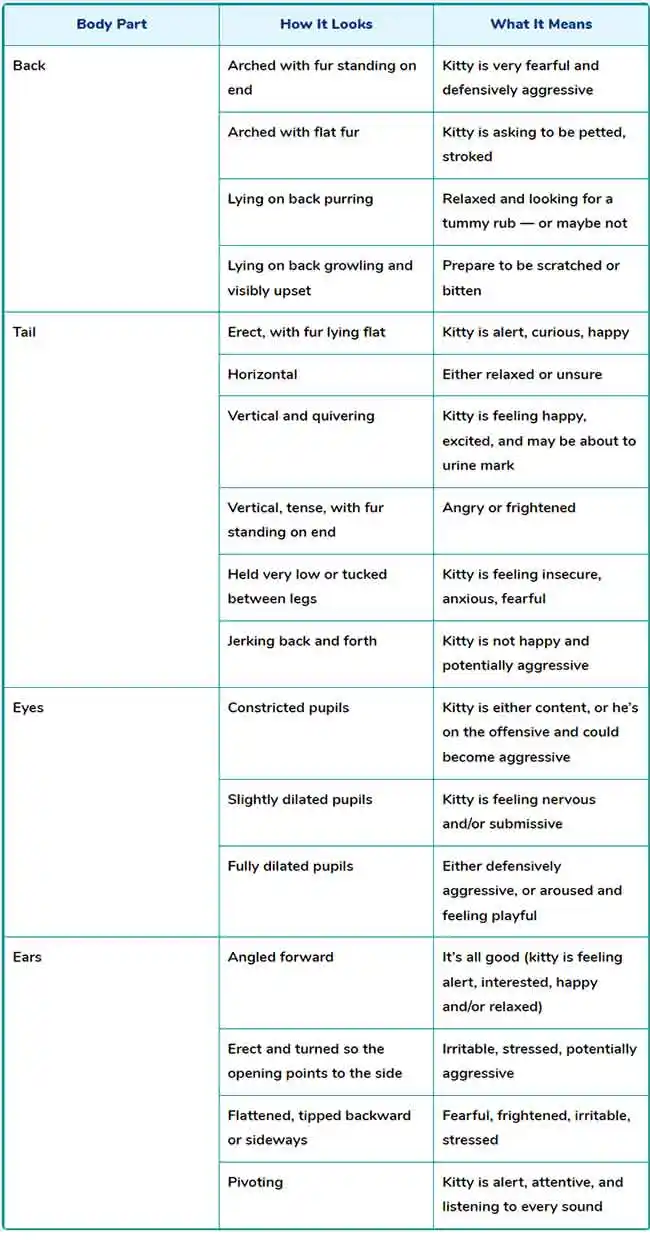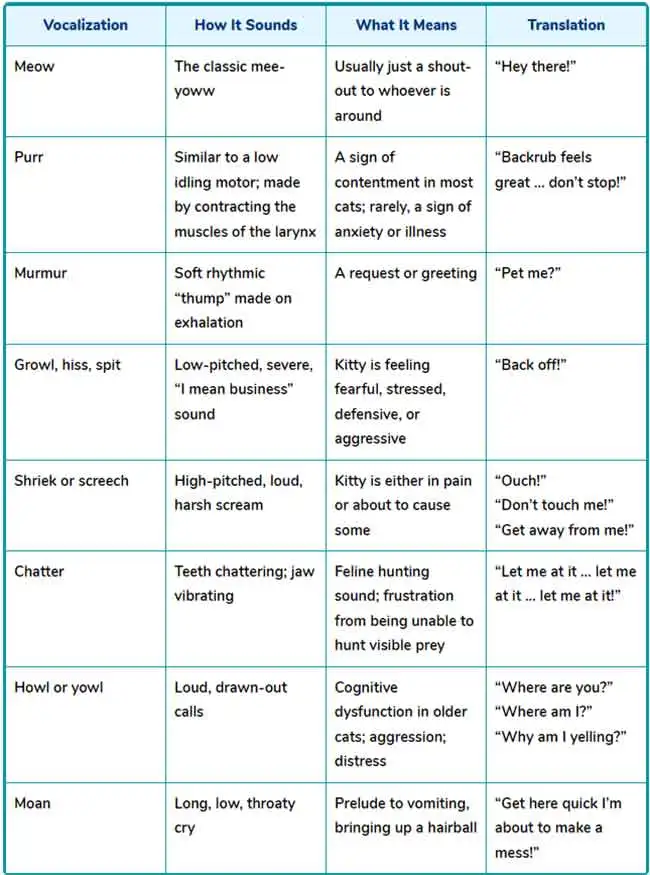What Your Pet Is Trying to Tell You, if You’re Paying Attention
They use a multitude of methods to convey their language, yet humans often turn a blind eye. Tune in to these physical and vocal signs to know your pet's deepest needs and to enrich your relationship.

STORY AT-A-GLANCE
- As verbal humans, we tend to be fascinated by — but not always good judges of — the nonverbal forms of communication used by our pets, in particular, cats
- Body language, behavior, and vocalizations are the keys to understanding feline family member communication signals, and with a little effort, we can learn to interpret them
- Cats communicate with their bodies, especially their backs, tails, eyes, and ears; they also have a wide range of vocalizations they use primarily in the presence of their humans
- Other feline forms of communication include head bunting, kneading and mutual grooming
Perhaps because as humans we communicate with words, nonverbal communication tends to fascinate those of us who love animals. And interestingly, we’re better at reading body language than we might think. According to veterinarian Dr. Jeannine Berger, writing for the journal dvm360:
“… [M]odern scientists cannot agree when vocal language first appeared, the range spans anywhere between 100,000 to 200,000 years ago. This might be the reason that important emotions and intentions are processed by the limbic system and expressed through body language.
There are recent studies which show that the expression of such feelings in humans is universal. If we are at times unsure about interpreting our own species body language, how much more difficult might it be to understand the body language of a different species such as our feline friends?”1
It isn’t surprising that we often fail in our attempt to translate animal facial expression, body posture, tail position, and other small details into signals we can understand. Sadly, failure to read these signals correctly can lead to a break in the human-animal bond, a decrease in animal welfare, and even injury.
Body language, behavior, and vocalizations are the keys to understanding feline family members.
“Just as we have to improve our knowledge to communicate with each other, we should place effort on learning to use a feline dictionary, similar to learning any foreign language,” writes Berger. “Indicators such as the look in your cat’s eyes, the tone of her vocalization, the position of her ears, and the motion of her tail can provide important clues that reveal certain intentions. You can learn to ‘read’ these signals to get a better idea of what’s on your cat’s mind.”
The following is a short course in feline body language.
How Cats Communicate With Their Bodies
When trying to interpret your cat’s language using physical cues, pay particular attention to her back and tail, as well as her eyes and ears.

How Cats Communicate Vocally
According to veterinary behaviorist Dr. Wailani Sung, research shows that cats don’t often use vocalization when communicating with others of their species. Interestingly, meowing seems to be something they primarily do around humans.2
However, as most kitty parents can tell you, our feline friends in fact have a rather impressive repertoire of vocalizations. You may know the difference between your cat’s dinnertime meow, for example, and the way he sounds when he’s annoyed. But many feline sounds and intonations are more subtle and don’t fit a particular pattern, which can make them harder to interpret.

More Cat Communication Signals
When kitty friends greet each other, they often do it with a nose touch, so if your cat puts his face very close to yours, he may be hoping to do the same with you.
Another move friendly cats make is rubbing their heads together or along each other’s sides. It’s called head bunting and it's a form of affection. Cats’ heads are loaded with scent glands — under the chin, at the corners of the mouth, the temples, and on the ears.
When they rub their furry little noggins against something, they deposit pheromones and oils from their scent glands. They exchange scents when they rub against each other, and they rub against things in their environment to leave a scent trail and mark their territory. If your kitty rubs up against your leg or bumps heads with you, he's transferring his scent and claiming you as his own.
Another intriguing fact from Dr. Sung: Cats typically avoid rubbing their heads against each other’s backs, which may be why many kitties don’t appreciate long strokes along their backs.
Kneading, also known as "making bread" or "making biscuits," is an instinctive feline behavior that kittens display shortly after they're born to stimulate the flow of milk from the mother's mammary glands.
Adult cats who continue the behavior with their people might be showing contentment, calming themselves during periods of stress, or marking their human with the scent from the sweat glands in their paws.
Kneading is also linked to feline mating rituals. Some intact female cats will knead more frequently as they're going into heat, while male cats usually become aggressive after kneading for a while. The behavior might also have its origins in wild cats who built nesting places with grass and leaves in which to rest or give birth. It does seem the behavior in most cats precedes settling down for a nap.
Mother cats groom their kittens from the moment they're born, so being licked was one of your kitty's very first feelings of being cared for. Sibling kitties who are raised together often groom each other throughout their lives. So, if your kitty is licking you, she's showing her love for you.











